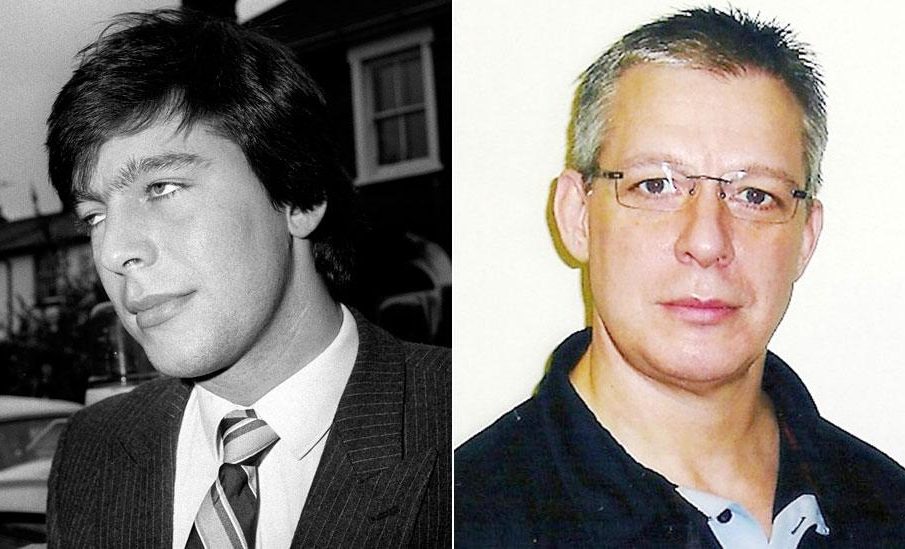Analyzing the Jeremy Bamber Case: A Continuing Debate

Introduction
The case of Jeremy Bamber remains one of the most controversial and debated murder cases in British history. Accused of the 1985 massacre of his adoptive family at their farmhouse in Essex, Bamber’s guilt has been disputed for decades. This case not only thrust Bamber into the media spotlight but also raised questions about the criminal justice system, the reliability of evidence, and the role of public opinion in high-profile trials.
The Timeline of Events
On August 7, 1985, police responded to an emergency call reporting a fire at White House Farm, where they discovered the bodies of five family members, including Bamber’s parents. Bamber, who had initially claimed to have found the scene, was arrested shortly after and charged with the murders. During the trial in 1986, the prosecution presented evidence that indicated he had a financial motive, along with witness testimonies that painted Bamber as the perpetrator. Ultimately, he was convicted and sentenced to life imprisonment.
Ongoing Appeals and New Evidence
In the years following his conviction, Bamber has consistently maintained his innocence. Several appeals and legal challenges have been made, often focusing on alleged mishandling of evidence and the potential for new forensic technology to re-examine case materials. The key argument from Bamber’s defence has been the possibility that a family member, namely his mentally ill sister, could have been responsible for the tragic events.
Despite these ongoing efforts, Bamber’s appeals have repeatedly been rejected by the courts, raising concerns among legal experts and advocates about due process and the adequacy of investigations over time. In recent years, there have been calls for the case to be re-examined by independent bodies, emphasizing the importance of ensuring justice in cases of alleged wrongful conviction.
Public Reaction and Media Influence
The case has not only been a legal battleground but has also generated substantial media coverage, influencing public perception. Documentaries and books have tried to unpack the complexities of the case, often polarising public opinion. Supporters of Bamber have formed groups advocating for his exoneration, while others remain convinced of his guilt, reflecting the deeply divisive nature of the case.
Conclusion
The story of Jeremy Bamber is far from over; it continues to spark debates about justice, legal integrity, and the power of media narratives. For readers, Bamber’s case serves as a reminder of the potential failings of the criminal justice system and the ongoing quest for truth in high-profile cases. As new technologies and methods for re-evaluating evidence emerge, there is hope that the truth behind the White House Farm tragedy will one day be fully revealed.









